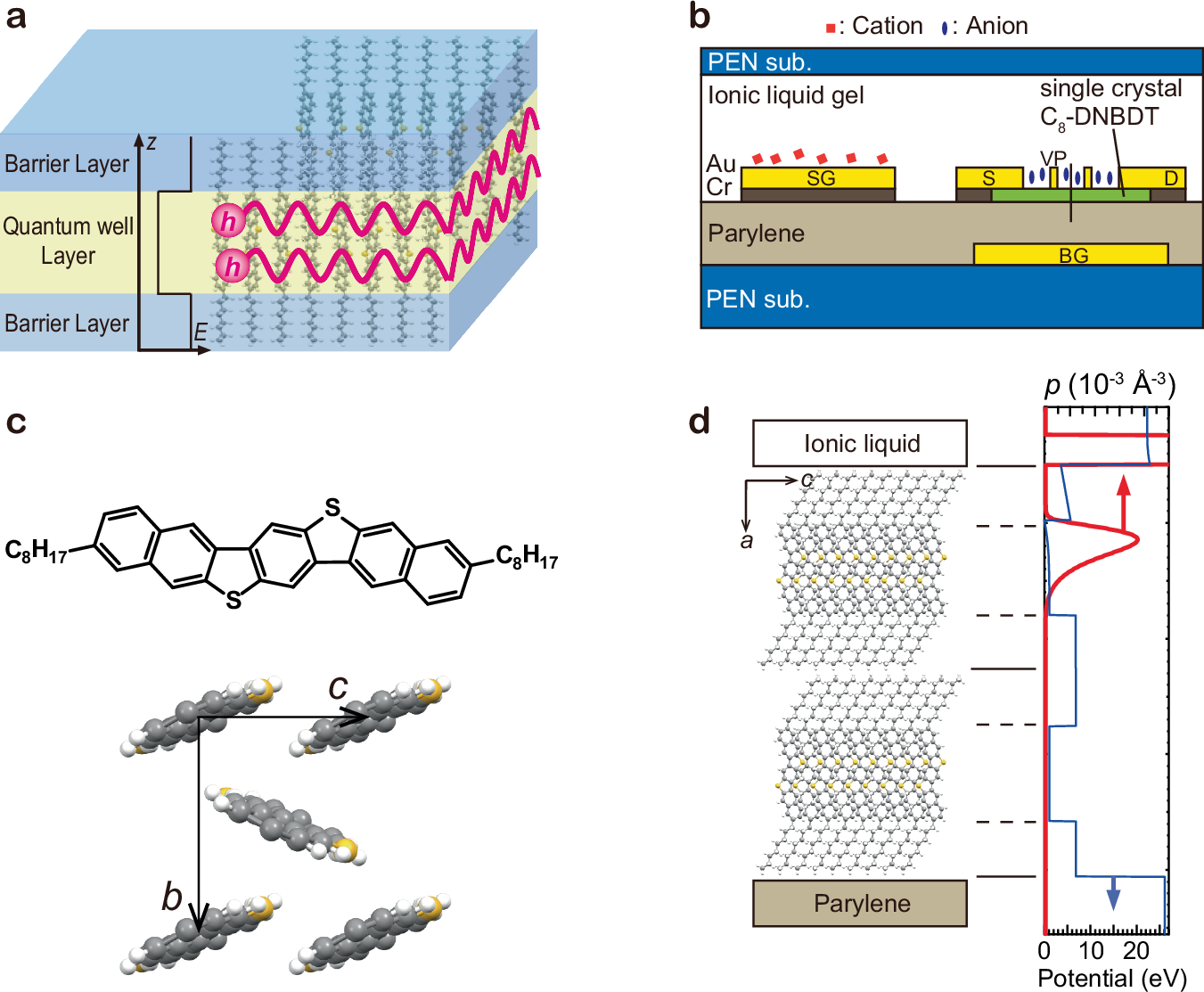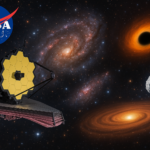2025-04-14 東京科学大学
<関連情報>
- https://www.isct.ac.jp/ja/news/3bhmiozgxkjn
- https://www.isct.ac.jp/plugins/cms/component_download_file.php?type=2&pageId=&contentsId=1&contentsDataId=1329&prevId=&key=b5d68c703b4ab26e9c62ee6dc4b40d3f.pdf
- https://www.nature.com/articles/s41467-025-58215-5
高濃度有機二次元ホールガスにおける電子相関の進化 Evolution of electronic correlation in highly doped organic two-dimensional hole gas
Naotaka Kasuya,Tomoki Furukawa,Hiroyuki Ishii,Nobuhiko Kobayashi,Kenji Hirose,Hideaki Takayanagi,Toshihiro Okamoto,Shun Watanabe & Jun Takeya
Nature Communications Published:10 April 2025
DOI:https://doi.org/10.1038/s41467-025-58215-5

Abstract
Strong electron correlation is the essential mediator that creates various exotic phases in two-dimensional electronic systems which has been continuously intriguing in modern condensed-matter physics. Such electronic states as Mott insulators, charge orders, and high-temperature superconductivity would be simply Fermi-degenerated metals unless the strong correlation plays essential roles. However, how it emerges, particularly to overcome screening effects upon doping band insulators, has not been experimentally studied. In this study, we report evolution of a strongly correlated electron system from a band-insulating organic semiconductor. Carriers are continuously doped via electric double layers up to a density of 1014 cm−2. Notably, significant deviations from a simple metallic system are observed even at far from half-filled band, possibly due to charge-order instability. The findings reveal that off-site Coulomb energy can compete with Thomas–Fermi screening. This competition enables the emergence of strongly correlated exotic phases, even in systems distant from Mott insulators.



